The making of Beck's Odelay: Dust Brother Mike Simpson's track-by-track guide
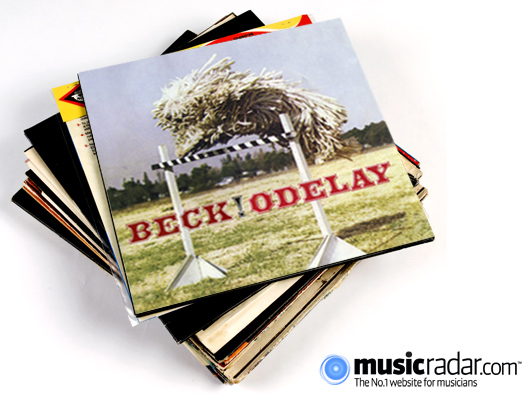
In 1996, Odelay was where it was at
Hark back to a freer, looser time if you please. It’s the mid ’90s and production duo the Dust Brothers (AKA Mike Simpson and John King) are maxing and relaxing in their Silver Lake Hills studio/neighbourhood recreation centre/24-hour party pad in Callyforn-eye-aye.
A rotating cast of weird, wonderful and creative types pop by and kick off impromptu jam sessions, and video games get played into the wee small hours of the morning. It doesn’t sound like work, but amid this casual chaos the most generation-defining album of the decade is being hatched.
Several weeks before the Dust Brothers had been to see one of Beck Hanson’s incendiary live shows. Naturally, they were completely smitten by his showmanship, genre-hopping musical tastes and deft skill with a leaf blower. And naturally they all got talking, and Beck ended up gently rapping on the door at the Silver Lake Hills hideaway with a batch of weirded-out vinyl under his arm and a bunch of thrift-shop instruments in tow.
“That’s basically how we got started,” says Mike Simpson of the sessions that would eventually yield the sample-strewn masterpiece Odelay in 1996. “We opened the door, let him in and just started listening to music together, and realised that we had very similar tastes.”
Sampling
According to Simpson, Beck was already familiar with the technology of sampling and encouraged the Dust Brothers to record him playing some stuff he liked from their collected record libraries and mess with it on the computer.
“That was something we never really had the luxury of doing before,” says Simpson of the process. “We’d always been forced to sample from records. Whereas with Beck he’d say, ‘I’ve got some ideas’, and plug in his guitar and just start riffing. He’d play a bar or a measure and we’d take that and loop it up and he’d be like, ‘Oh, that’s incredible. Wow, I don’t even remember playing that!’ We were of like minds, had the same goals and were looking to make the same kind of music.”
This freewheeling way of making music radiates through the gleeful feel of the tracks that made it onto the album. But perhaps the biggest dynamic that influenced the daring, out-there vibe was the lucky position the Dust Brothers and Beck found themselves in at that moment of their careers.
“We were making a record in a vacuum,” chuckles Simpson. “Beck had notoriety and success from his single Loser, but I think pretty much everyone had considered him a one hit wonder and no one really expected anything more from him.”
That fact that expectations were low allowed them to experiment and labour over each track as long as it needed. “It was great to make a record with nobody looking over our shoulders, nobody anticipating what we were going to do, so we were freed up,” says Simpson. “Even the record company was like, ‘Yeah, cool. Let us know when it’s done’. I don’t think they expected much either. It was nice there was no pressure at all. We were like kids in a candy shop just goofing around.”
NEXT: Odelay track-by-track with Mike Simpson
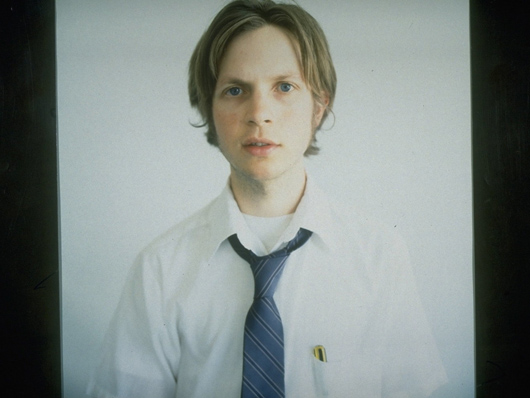
Devil's Haircut
“The guitar riff? It’s not actually a sample. It’s Beck playing. Basically we’d sit and listen to records and Beck would go, ‘Oh I really love the guitar sound on that song,’ and he’d start playing it.
“Beck had this broken 20W amp and we plugged it in and moved the mic around, and ran it through one of our little distortion pedals until we got the sound we were looking for. Then we’d record him playing. We had a pretty primitive recording setup back then.”
Listen:
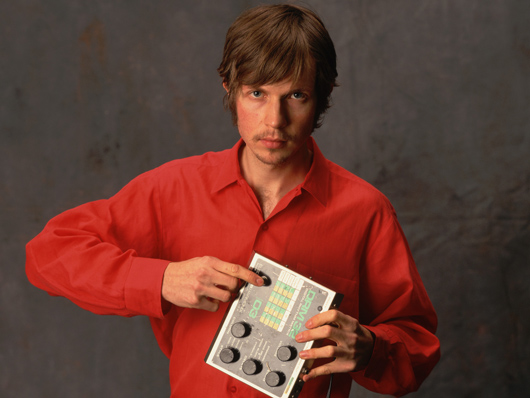
Hot Wax
“Tracks like Devil’s Haircut and New Pollution were pretty much written from start to finish in the same day. Hot Wax took about six months to complete and was a labour of love.
“It was all Beck. He came up with that main riff and that became the foundation for that song. As with many of the songs it just started out with a nice solid guitar riff and we’d just build and start layering on the collage-style of recording the way we did. We’d get the samples and Beck would bring in walkie-talkies and all kinds of weird instruments that he found at thrift stores and play them on top.”
Listen:

Lord Only Knows
“That was inspired by this Mike Millius sample Lookout For Lucy. It was a great record, another one that we all just listened to and vibed off.
Basically there’s this yelp sound at the beginning of this song that was Mike Millius and I don’t know what happened but Beck heard this yelp and it inspired everything else that came out on this track.”
Listen:
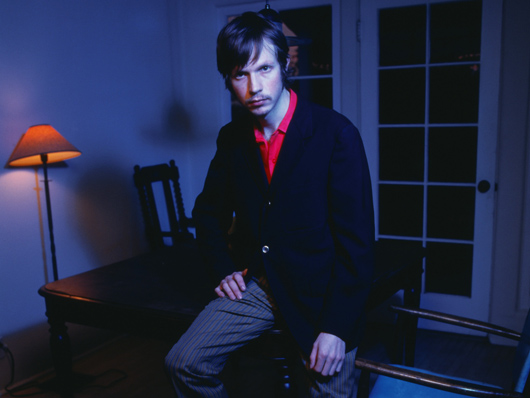
The New Pollution
“I was ‘crate digging’ in Florida and came up with this super rare record. This family of religious singers had pressed their own record and one of the songs started with that sound. I just thought, ‘wow, this is an awesome sample to start with’. It had nothing to do with the musical notes of New Pollution but it just seemed like a crazy way to start a song.
“So I programmed an 808 beat and ran it through a SansAmp guitar distortion box and just tweaked out the 808 drum machine beat and started out with that loop. I don’t know how we got from that loop into the groove.”
Listen:

Derelict
“God I don’t even remember what we did on this record [laughs]. I do remember a guy called Eddy who used to come down to the studio though. He ended up being recorded saying, ‘Let’s make out’ on Where It’s At. He was this crazy guy who builds custom cars like the Batmobile and stuff like that.
“He was just another of these nutty characters who hung out with us. He was a jovial guy who spoke broken English. So Beck would ask him to talk about stuff, and we’d just plug in the mic and Eddy would just go crazy.”
Listen:

Novacane
“It’s interesting, when you become friends with Beck and you’re working with him in the studio he’s such a mild-mannered, super mellow, very gentle guy. But when he gets on stage he has these explosive qualities like Mick Jagger and punk rock, you know?
"On Novacane we just tried to harness some of that energy and capture it on record. It’s interesting, on a lot of other projects we’d want to push to go crazy to get really weird unexpected things on record, and a lot of artists just don’t want to go that far. Other times other artists would have to rein us in and go, ‘Yeah I like the way that sounds, but I don’t know if it’s right for the record’.
“With Beck it was like you couldn’t throw something too crazy at him. He’d push us. He was like, ‘What can we do to this song to make it more fucked up?’ and I feel like we achieved it on Novacane.”
Listen:
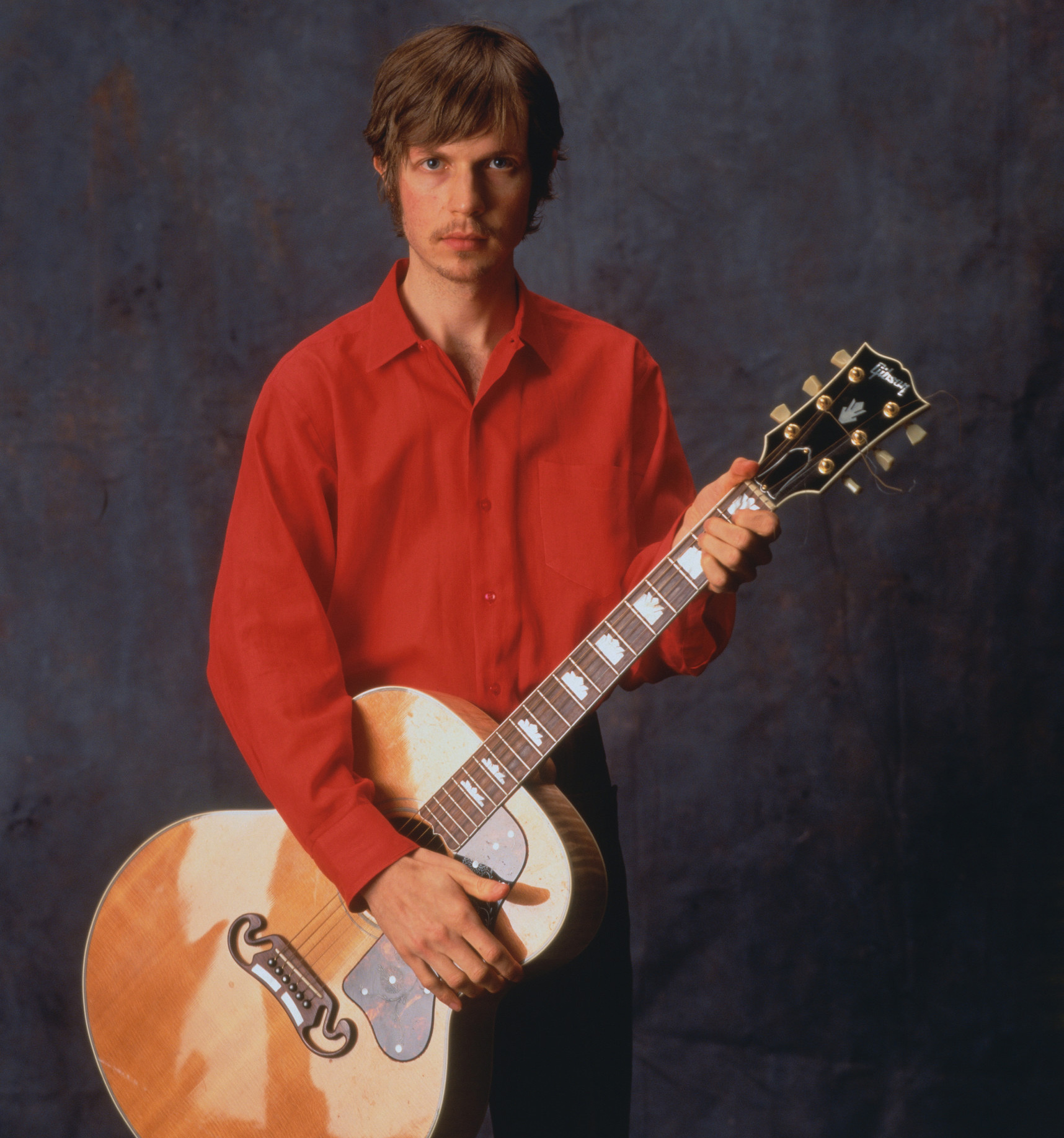
Jack-Ass
“This is classic Beck, with a little help from a record by a group called Them (Them Again). I had this record and it turned out to be a treasure trove of ideas. One of the tracks - I can’t remember which - had a similar vibe to the riff that ended up on Devil’s Haircut and so it all kind of started from there. That Them Again record provided the inspiration for three or four songs on the album.
Jack-Ass ended up a beautiful song to start with and Beck took it even further and put his own twist on it. He took that Decca Records sound from ‘66 and just flipped it.”
Listen:

Where It's At
“Beck had a concept in mind for Odelay and kind of wanted to make a different record to one he’d made before. But at the same time he didn’t want to alienate the fans that he already had, especially after the success of Loser. So we kind of had this idea that Where It’s At would be this kind of bridge to connect his previous work with the rest of the album.
“I thought it was a nice blend of Beck sounding really good rapping, but then lots of nice musical elements. The horns and the keyboard riff just takes you back to shows like The Wonder Years. It’s one of those riffs that makes you reminisce back to your childhood.”
Listen:

Minus
“I didn’t work on this record, but when I work with Beck it’s like a real collaboration. We start out with nothing, and then build and write the songs together. And I’m not sure how he works with other people, but I get the sense that he writes the songs and they help record and produce it.
“I may be wrong, but that’s the kind of sense I get. Like, when he does work with other people the songs have a more traditional song feeling to them. I think the difference is that the Dust Brothers, when we work with Beck, are helping to write the songs and also help to write the music with him. I’m not sure that he works that way with other people.”
Listen:
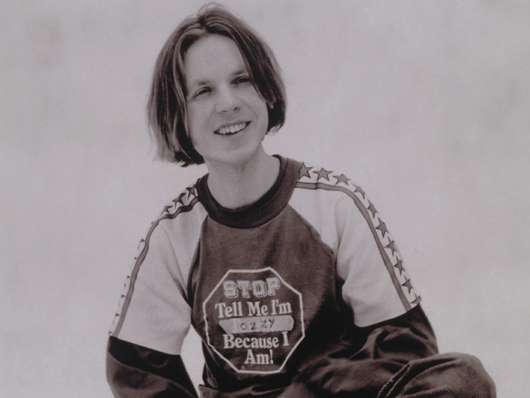
Sissyneck
“God, Sissyneck! [Laughs] I keep forgetting about all these songs. God, it was such a fun one. It was another one of those songs that came together really quickly. That was one that started with the beat and Beck just started riffing on that.
“It’s amazing - when you work with someone so talented - just how quickly you can write a song. And it’s probably helpful for Beck to have people like us working with him because it frees him up to just, sort of free-associate when he gets on an instrument so he doesn’t have to think about what he’s playing; he can just go ahead and play.
“Then you’ve got myself and Tom there as the watchdogs waiting for that golden moment. When he hits it we go, ‘Oh my God, you just did it! That was it. You nailed it there’. And he’s like, ‘What?! No, really? I was just tuning the guitar.’ And we’re like, ‘Whatever. You just wrote a gem there.’ [Laughs]”
Listen:
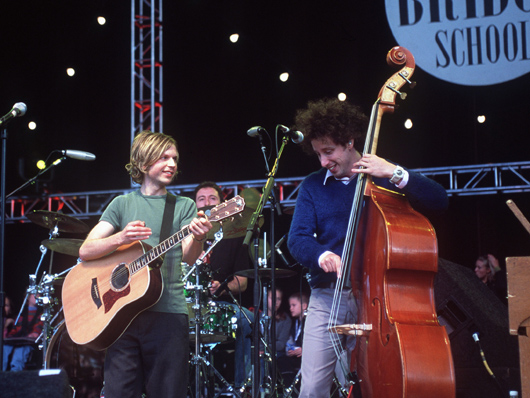
Readymade
“Did I work on that? I have a hard time with the titles because they changed. We had working titles for the songs because they got changed at the end so I can’t remember which song that was… Oh yeah. That was a Beck song. It wasn’t a song we built up the way the others were written. It was more like Beck saying, ‘Oh, I’ve got this song, let’s record it’.
Listen:
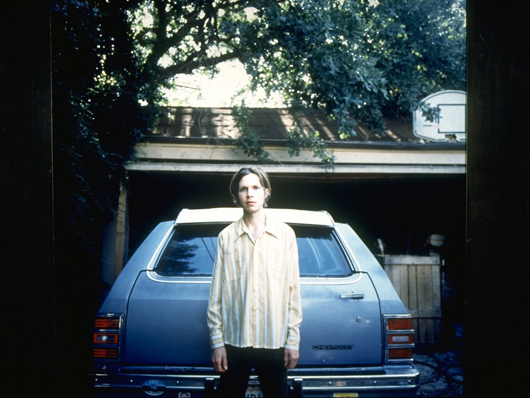
High 5 (Rock The Catskills)
“This track was just a classic example of what happens when three crazy people get together in one room [Laughs]. Those are the kinds of song that are my favourites. There’s no real commercial potential there. But for me who’s just a fan of music… I like those the best.
“A lot of songs you hear now, you hear the first ten seconds of the song and you don’t need to listen to any more because it’s just the same thing over and over again for about three and a half minutes. High 5 (Rock the Catskills) is one of those songs where it was the ultimate goal to end up with something that’s designed for someone with Attention Deficit Disorder. It just keeps you on your toes and really engages you as a listener.
It’s one of those songs you can hear over and over again and find different things every time you listen. To me that’s just one of the best songs on the record.”
Listen:

Ramshackle
“I didn’t work on this but I’m a huge, huge fan of everything Beck does. As much as I love the stuff we work on, I love the things we haven’t worked on with Beck even more!
“There’s a lot of simplicity, beauty and elegance in his songwriting. And Ramshackle is just one of those simple, beautiful and elegant songs. It’s poignant and heartfelt. You really get a vibe from this and a feeling that Beck isn’t trying to do anything other than express himself. He does a beautiful job here.”